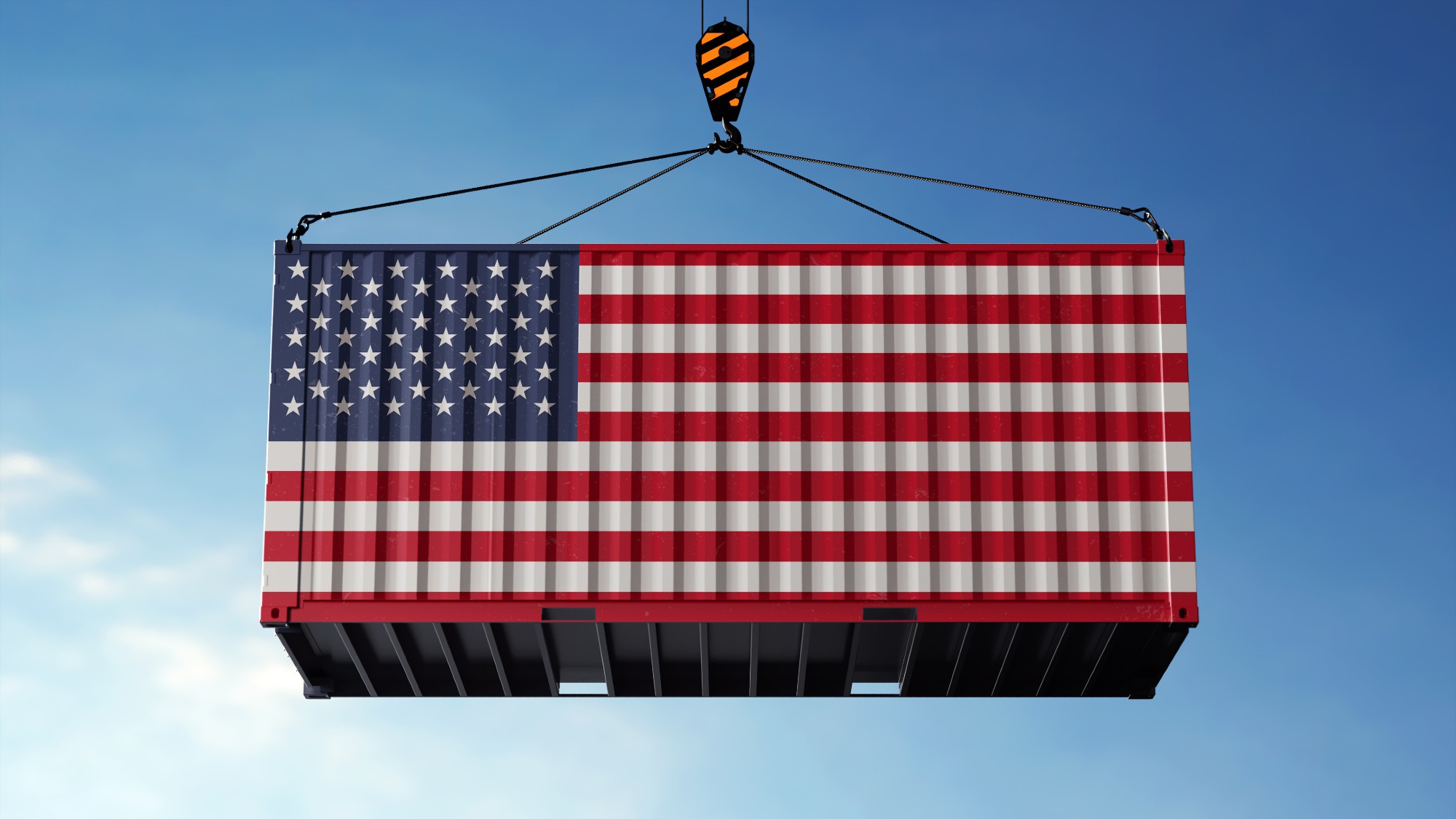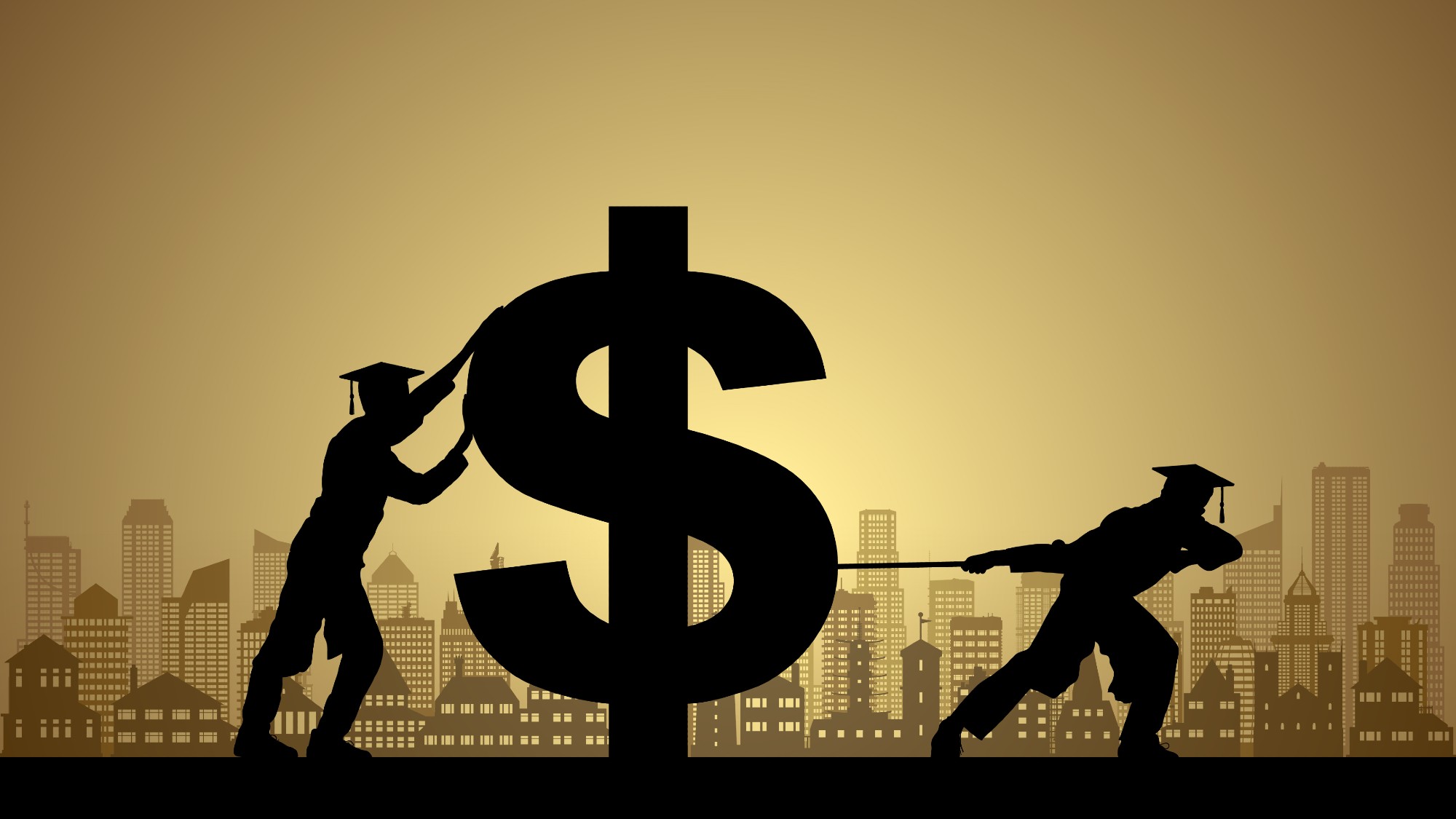What exactly are tariffs and how do they work?
Refresh your understanding ahead of Donald Trump's promise to levy heavy tariffs once he's back in office


Tariffs have taken center stage in recent months, with President-elect Donald Trump campaigning on plans to levy steep tariffs on imported goods to bolster the U.S. economy. Now that he has won the presidency, those proposed tariffs could soon become a reality.
When President Donald Trump returns to the White House come January, he "plans to sign an executive order enacting 25% tariffs on all imports from Canada and Mexico," alongside a "10% tariff above any additional tariffs on China," said NerdWallet. As a result, "any or all of the nations could retaliate by levying their own tariffs on the U.S.," which may have some major economic implications.
While we wait to see what Trump ends up doing — and what Congress allows — let's return to the basics and review what tariffs actually are and how they work.
The Week
Escape your echo chamber. Get the facts behind the news, plus analysis from multiple perspectives.

Sign up for The Week's Free Newsletters
From our morning news briefing to a weekly Good News Newsletter, get the best of The Week delivered directly to your inbox.
From our morning news briefing to a weekly Good News Newsletter, get the best of The Week delivered directly to your inbox.
What is a tariff?
A tariff is a "type of tax levied by a country on an imported good at the border," said Investopedia. Technically, there are two types of tariffs: a specific tariff, "levied as a fixed fee based on the type of item," and an ad valorem tariff, which is "levied based on the item's value."
Tariffs can serve a number of purposes. They may be used "to raise revenue, protect domestic industries, or exert political leverage over another country," said Investopedia. "By making foreign-produced goods more expensive, tariffs can make domestically-produced alternatives seem more attractive."
While decisions about taxes usually fall to Congress, "through a string of laws dating back to 1934, legislators have given the president and his cabinet considerable authority over tariffs," said NerdWallet.
What effects can tariffs have?
Because tariffs "slapped on foreign imports make them more expensive," they "ostensibly" end up "providing a price advantage to locally made goods," said The Guardian. So, in theory, the advantages of tariffs can include "stronger domestic industries," not to mention "increased government revenue," said Business Insider.
A free daily email with the biggest news stories of the day – and the best features from TheWeek.com
Further, tariffs may serve as a way to put "pressure on other countries to stop unfair trading practices and help address issues such as illegal immigration and the drug trade," Business Insider added. As an example, the tariffs levied in Trump's first term "were ostensibly to punish China for what the U.S. said were longstanding intellectual property theft and unfair trade practices," said The Guardian.
Tariffs can have negative impacts too, however, and may result in "unwanted side effects, such as higher consumer prices," said NerdWallet. "The artificial increase in the price of imports can also theoretically lead to weaker domestic competition, and local industries that are less efficient and innovative," The Guardian added.
Then there is the possibility of retaliation. Sometimes, an attempt to "pressure a rival country by using tariffs can devolve into an unproductive cycle of retaliation," also known as a trade war, said Investopedia.
How can tariffs impact consumers?
While this may seem like a topic that "only matters to economic policy wonks" and not the average American, said Yahoo Finance, "tariffs affect you more than you think, even if you're not directly cutting the check."
For starters, while tariffs imposed by the U.S. government are "paid by the domestic companies that import the relevant goods or materials," consumers will eventually end up footing the bill, since "those companies tend to raise prices to cover higher import costs," said NerdWallet. Tariffs therefore often "have a regressive impact, disproportionately affecting lower-income consumers." Higher prices can mean that "individuals with limited financial means, who typically spend a higher percentage of their income on basic necessities, may bear a heavier burden," said Investopedia.
As for domestic employment opportunities, the effect of tariffs on jobs is "hotly debated," said Yahoo Finance. The Trump-introduced tariffs on steel and aluminum when he was last in office did lead a "few shuttered steel plants to reopen and were credited with creating several thousand jobs in the metals industry," for example. On the flip side, "when tariffs are imposed on materials like steel and aluminum, industries that use those materials — like the manufacturing sector — face higher costs, which can negatively impact employment," the outlet added.
Becca Stanek has worked as an editor and writer in the personal finance space since 2017. She previously served as a deputy editor and later a managing editor overseeing investing and savings content at LendingTree and as an editor at the financial startup SmartAsset, where she focused on retirement- and financial-adviser-related content. Before that, Becca was a staff writer at The Week, primarily contributing to Speed Reads.
-
 Political cartoons for December 21
Political cartoons for December 21Cartoons Sunday’s political cartoons include Christmas movies, AI sermons, and more
-
 A luxury walking tour in Western Australia
A luxury walking tour in Western AustraliaThe Week Recommends Walk through an ‘ancient forest’ and listen to the ‘gentle hushing’ of the upper canopy
-
 What Nick Fuentes and the Groypers want
What Nick Fuentes and the Groypers wantThe Explainer White supremacism has a new face in the US: a clean-cut 27-year-old with a vast social media following
-
 Received a gift card this holiday season? Here’s how to maximize it.
Received a gift card this holiday season? Here’s how to maximize it.The Explainer Make the most of your present
-
 Who will the new limits on student loans affect?
Who will the new limits on student loans affect?The Explainer The Trump administration is imposing new limits for federal student loans starting on July 1, 2026
-
 3 ways to reduce the cost of owning a car
3 ways to reduce the cost of owning a carthe explainer Despite the rising expense of auto insurance premiums and repairs, there are ways to save
-
 How to shop smarter with a grocery budget
How to shop smarter with a grocery budgetThe Explainer No more pushing your cart down the aisles on autopilot
-
 What will next year’s housing market look like?
What will next year’s housing market look like?The Explainer Here is what to expect from mortgage rates and home prices in 2026
-
 What are the pros and cons of a Roth conversion for retirement?
What are the pros and cons of a Roth conversion for retirement?Pros and Cons By converting a traditional IRA to a Roth IRA, retirees can skip paying taxes on their withdrawals
-
 4 easy tips to avoid bank fees
4 easy tips to avoid bank feesThe Explainer A few dollars here and there might seem insignificant, but it all adds up
-
 4 often overlooked home maintenance tasks that could cost you later
4 often overlooked home maintenance tasks that could cost you laterThe Explainer A little upkeep now can save you money down the road
